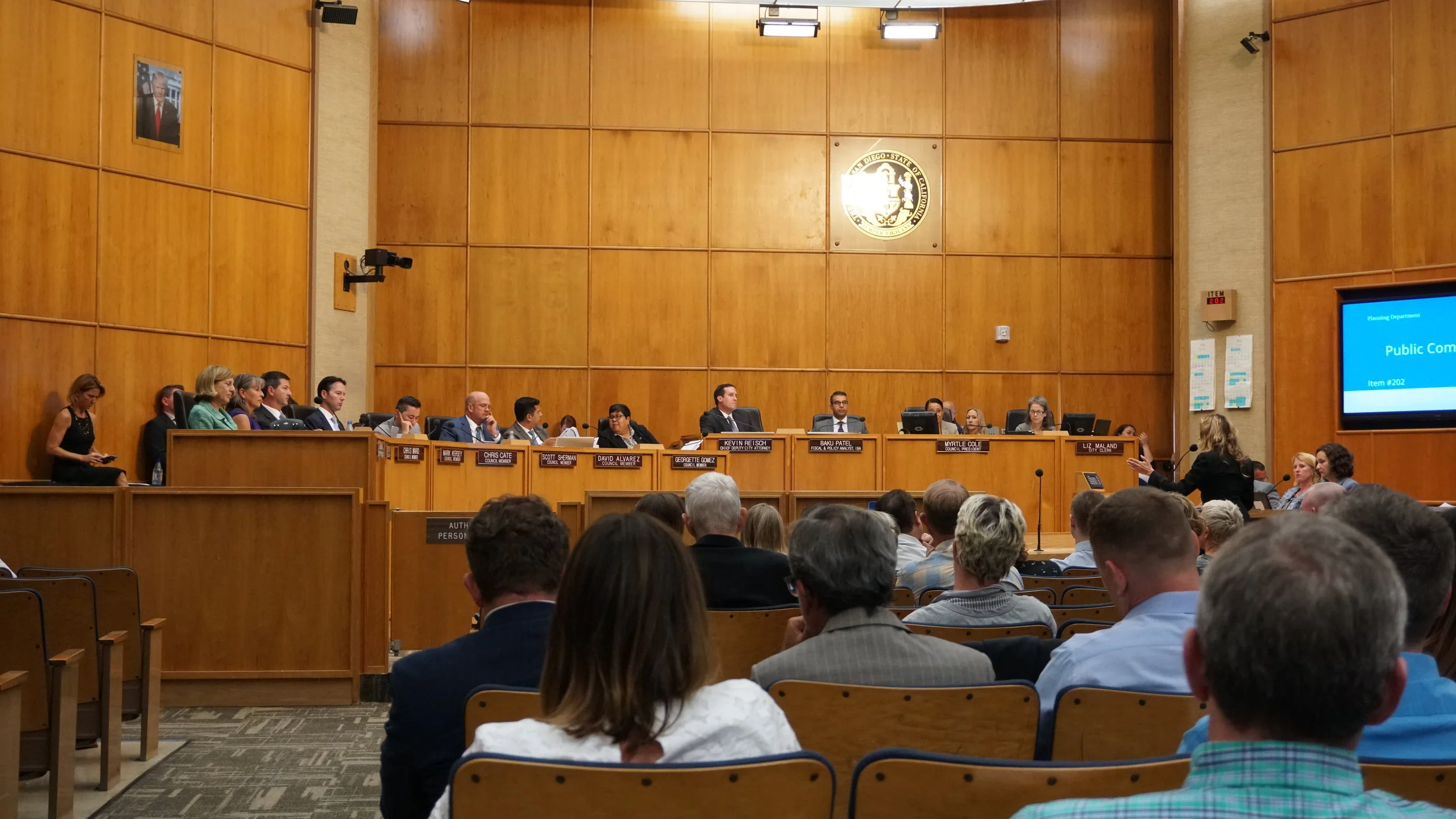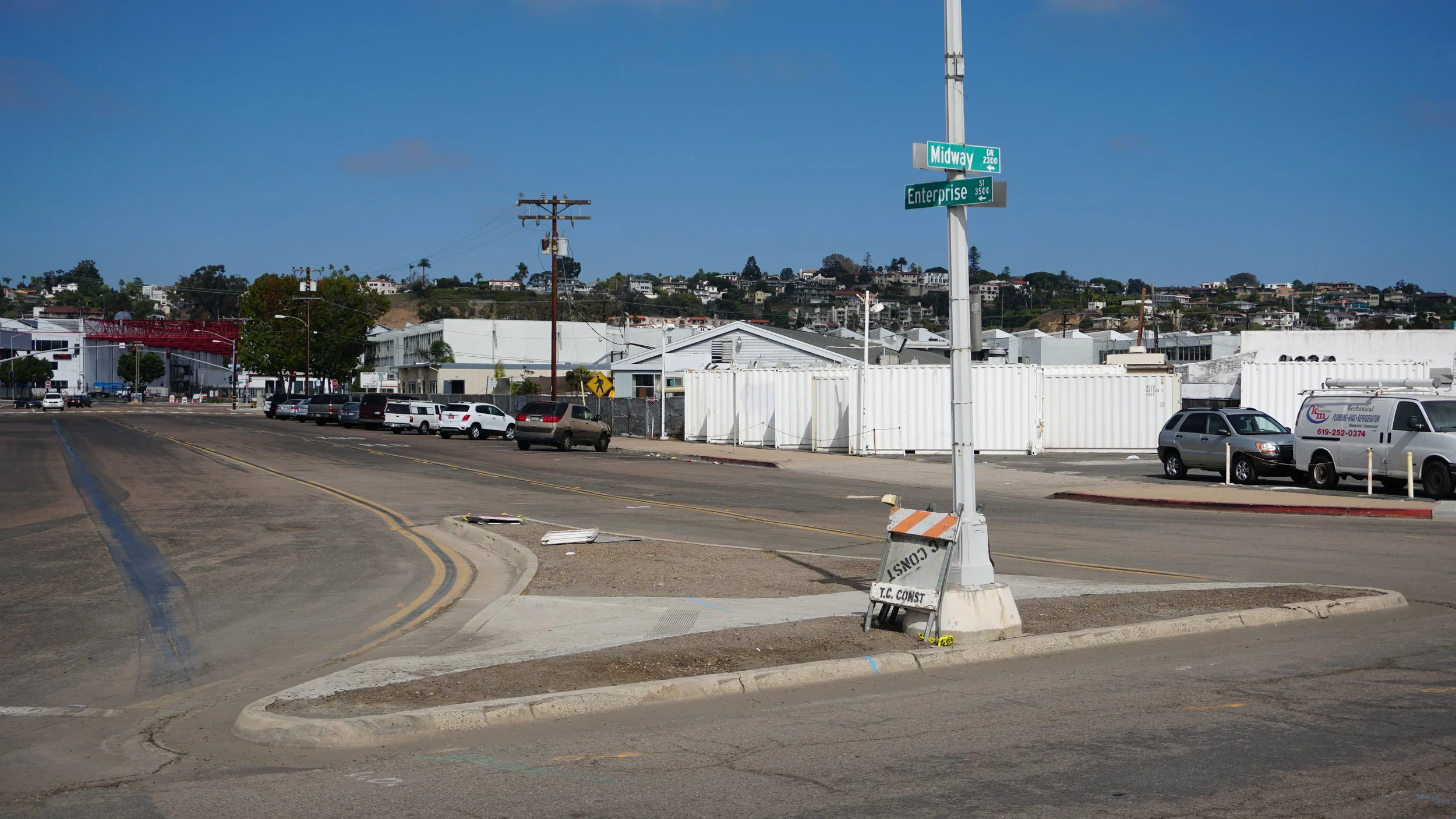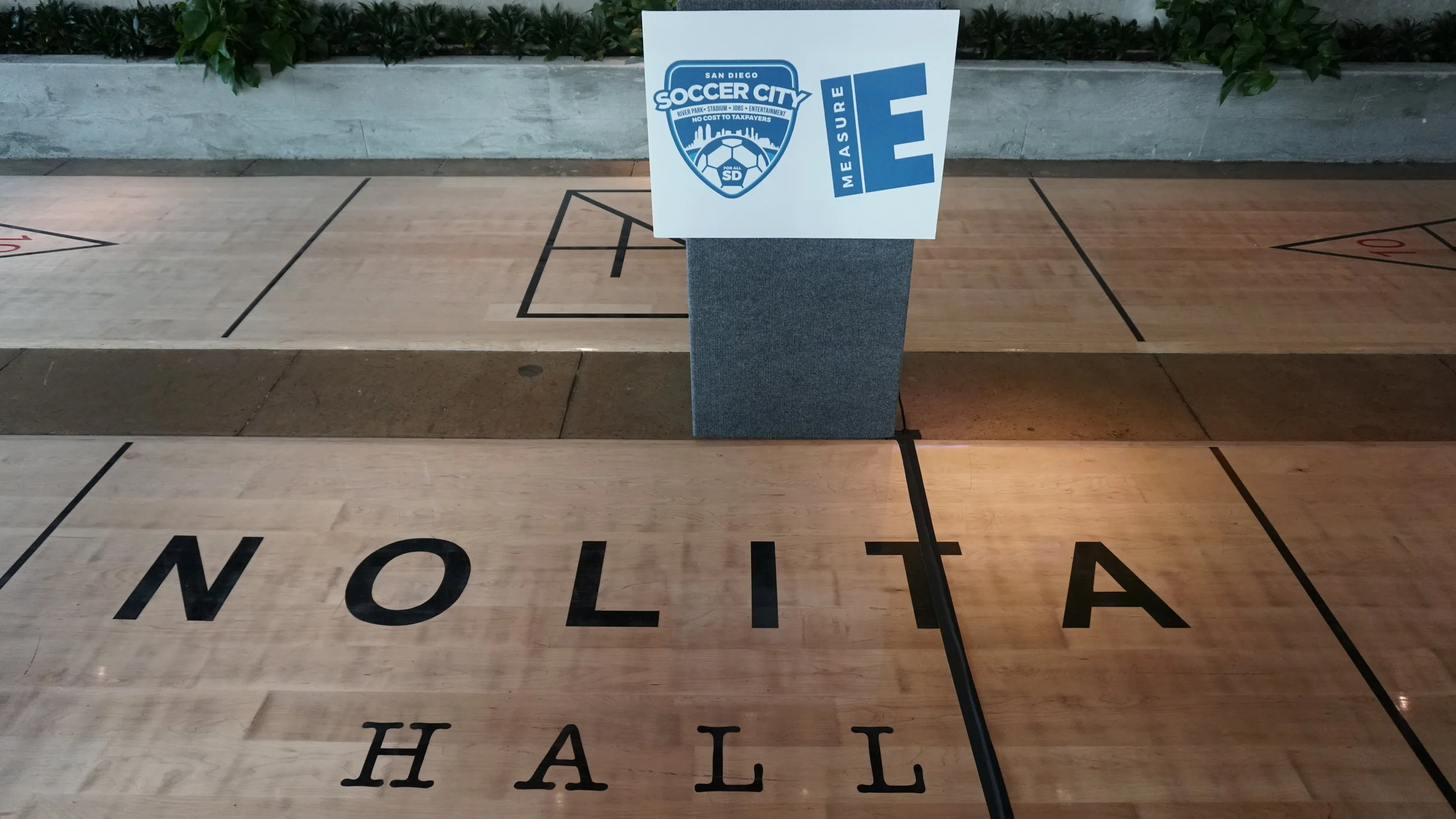Analysis of the SoccerCity/SDSU Breakup, A Midway Update and Rumors of Running for Office: San Diego Summarized | 9-17-18
Welcome to San Diego Summarized where each week we examine headlines from around the city:
This week we kick off with some thoughts on Scott Lewis’ epic odyssey into the story behind how the SoccerCity and San Diego State University partnership fell apart. In the 6,000+ word story, Lewis chronicles the text messages, emails, phone calls and other communications between the SoccerCity team and the many headed beast that is the San Diego State University leadership.
Several talking points have emerged in the week since Lewis’ story broke, including many that have appeared on this very site in recent weeks and months, but some command more attention than others.
It all started with an idea:
In 2015, FS Investors leader Mike Stone and his friend Steve Altman began exploring the idea of bringing a Major League Soccer team to San Diego after some initial outreach from the league itself via Stone’s brother Harlan who is a sports executive.
“I thought that when we did this whole thing, it was a great thing for the university and people would go ‘Way to go, Steve,'” Altman explained. I chatted with Steve Altman at length last year about his involvement in the project and his sentiments were similar.
“It’s been a weird run, though.”
That weird run included complex negotiations on multiple fronts. Friars Road runs down the Mission Valley corridor like the spine of a creature’s skeleton. From its western edge on the outskirts of Mission Bay to its eastern extremity just past the San Diego River in Grantville, Friars Road is one of San Diego’s most travelled stretches of street.
The SDCCU Stadium that is the ground being fought over is on Friars, as are several residential and commercial properties littered along the way. Two prominent developers maintain significant interest in several parcels in this area, Messrs. Fenton and Sudberry, who together have a significant role in Lewis’ depiction of the events of the last few years that have brought us to today’s impasse.
The combined Mission Valley holdings of SoccerCity’s most lucrative opponents.
“Of more concern, but related, was traffic,” explains Lewis. “A retail and entertainment district next to a new stadium would create, if successful, significant traffic in Mission Valley, already known as a maze of congestion. Sudberry had put years into earning approval for his project, Civita. He resented SoccerCity’s ballot approach, which would leapfrog many permitting hassles, environmental reviews and traffic mitigation demands.”
The combined obstruction of Fenton and Sudberry kicked off a coalition that has morphed from Public Land, Public Vote to Public Land, Public Benefit to the now much more direct, No on Measure G.
“On June 13, 2016, in the offices of development firm Oliver McMillan, FS Investors, SDSU executives and Gensler made a presentation to Faulconer and Garber.
“It worked out great,” said Nick Stone.
The mayor was in.”
Negotiations with the university progressed to the point of the nigh-sacred handshake agreement, but ultimately fell apart for a number of reasons, many of which are covered in Lewis’ piece and more of which are explained by Fred Pierce, one of the ringleaders of the group known as the Friends of SDSU in the latest TKF United episode.
This is a story with multiple facets and multiple voices to go with the changing faces on every side.
“What seems clear after all the interviews is that SDSU’s top management did picture making a deal with SoccerCity,” concluded Lewis.
“They came as close to commitment as a handshake. But right when that agreement came, outside advisers to the university raised alarms that the institution could get a much better deal, secure a brighter future and control the entire plot of land if they dumped the soccer guys and pursued something on their own.
Whether this is nefarious or just the proper checks and balances of a public institution, it’s what happened.”
In other news, the Midway Community Plan Update is set to be heard by City Council on Monday and is widely expected to be approved. We’ve touched on the topic in recent months, but KPBS’ Andrew Bowen summarized the situation nicely this past week.
The upzoning of this region to make room for approximately 10,000 additional housing units is viewed as a massive win for San Diego’s ailing housing supply.
We need new housing to be coupled with reliable transit options. Anything less only exasperates the many problems that come with car-centric communities (i.e. GHG emissions, induced demand congestion, air pollution, transportation inequity...) https://t.co/DVtFqcGjcq
— Mathew (@thoughteds) September 17, 2018
I talked to Avi Klinger and Robert Huffman from a local printing company called Sign-It. Located in the Midway District, Sign-It has a particular interest in how this plan moves forward.
Of particular interest to the public, is a perceived lack of infrastructure detailed in the plan that truly enables the kind of transit incentives needed for citizens to move away from driving cars every day and towards more environmentally compatible modes like walking, biking and taking public transportation like the trolley lines.
We conclude with a nod to the Voice of San Diego’s politics report’s mention of Councilwoman Barbara Bry’s consideration of running to replace Kevin Faulconer as Mayor of San Diego in 2020. Rep. Scott Peters, Assemblyman Todd Gloria, Councilman Chris Cate and Councilman Mark Kersey have all been rumored to be considering a run for mayor.
Personally, I believe that each one of these potential candidates much have listened to the latest Politics in the Pub Podcast, featuring Omar Passons and Geneviéve Jones-Wright that was specifically built around encouraging people to run for office.
Funny how the world works sometimes.
Questions? Comments? Concerns? Leave a comment below and join the conversation.
(Above photo of Qualcomm by K.C. Alfred/ San Diego Union-Tribune)







